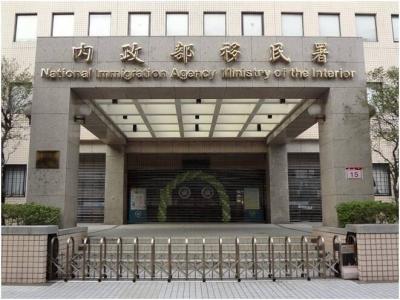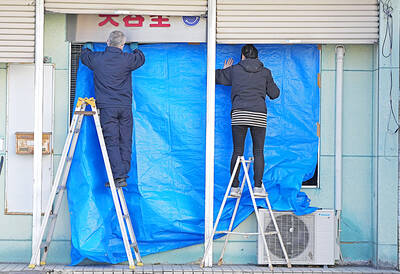A home-grown submarine will cost less than NT$100 billion (US$3.29 billion) to build, according to the local shipbuilder commissioned to plan and design the vessel.
Reports had said that comparable Japanese submarines carried a price tag of NT$100 billion, but the Taiwanese project could be completed for less, CSBC Corp, Taiwan (台灣國際造船) chairman Cheng Wen-lon (鄭文隆) said.
However, Cheng said that much depends on the navy’s demands: Planned crew sizes, mission length and strategic and tactical requirements would all determine the eventual size of the submarine.
Nationally developed ships would be crucial to the company’s future operations, Cheng said, pledging to place the company’s best personnel on the program.
The project is part of a broader initiative to develop a more independent national defense industry.
Cheng has said that CSBC hopes to build its first submarine within eight years and commission the ships within a decade.
Taiwan has long tried to acquire submarines from other nations with little success.
Former US president George W. Bush authorized the sale of eight diesel electric submarines in 2001, but the deal never came to fruition because of political wrangling in Taiwan and questions over whether the US, which did not produce diesel submarines at the time, could actually supply the vessels.

A small number of Taiwanese this year lost their citizenship rights after traveling in China and obtaining a one-time Chinese passport to cross the border into Russia, a source said today. The people signed up through Chinese travel agencies for tours of neighboring Russia with companies claiming they could obtain Russian visas and fast-track border clearance, the source said on condition of anonymity. The travelers were actually issued one-time-use Chinese passports, they said. Taiwanese are prohibited from holding a Chinese passport or household registration. If found to have a Chinese ID, they may lose their resident status under Article 9-1

Taiwanese were praised for their composure after a video filmed by Taiwanese tourists capturing the moment a magnitude 7.5 earthquake struck Japan’s Aomori Prefecture went viral on social media. The video shows a hotel room shaking violently amid Monday’s quake, with objects falling to the ground. Two Taiwanese began filming with their mobile phones, while two others held the sides of a TV to prevent it from falling. When the shaking stopped, the pair calmly took down the TV and laid it flat on a tatami mat, the video shows. The video also captured the group talking about the safety of their companions bathing

PROBLEMATIC APP: Citing more than 1,000 fraud cases, the government is taking the app down for a year, but opposition voices are calling it censorship Chinese Nationalist Party (KMT) Chairwoman Cheng Li-wun (鄭麗文) yesterday decried a government plan to suspend access to Chinese social media platform Xiaohongshu (小紅書) for one year as censorship, while the Presidential Office backed the plan. The Ministry of the Interior on Thursday cited security risks and accusations that the Instagram-like app, known as Rednote in English, had figured in more than 1,700 fraud cases since last year. The company, which has about 3 million users in Taiwan, has not yet responded to requests for comment. “Many people online are already asking ‘How to climb over the firewall to access Xiaohongshu,’” Cheng posted on

A classified Pentagon-produced, multiyear assessment — the Overmatch brief — highlighted unreported Chinese capabilities to destroy US military assets and identified US supply chain choke points, painting a disturbing picture of waning US military might, a New York Times editorial published on Monday said. US Secretary of Defense Pete Hegseth’s comments in November last year that “we lose every time” in Pentagon-conducted war games pitting the US against China further highlighted the uncertainty about the US’ capability to intervene in the event of a Chinese invasion of Taiwan. “It shows the Pentagon’s overreliance on expensive, vulnerable weapons as adversaries field cheap, technologically